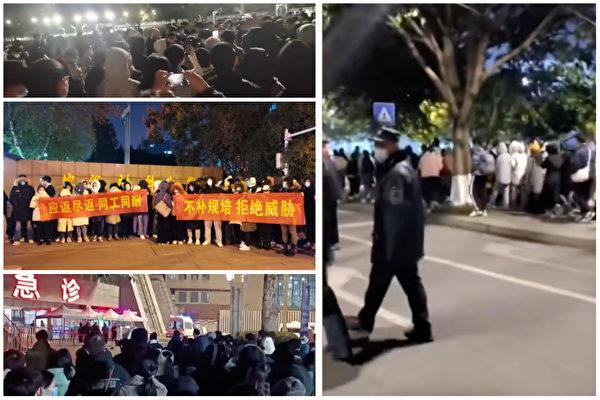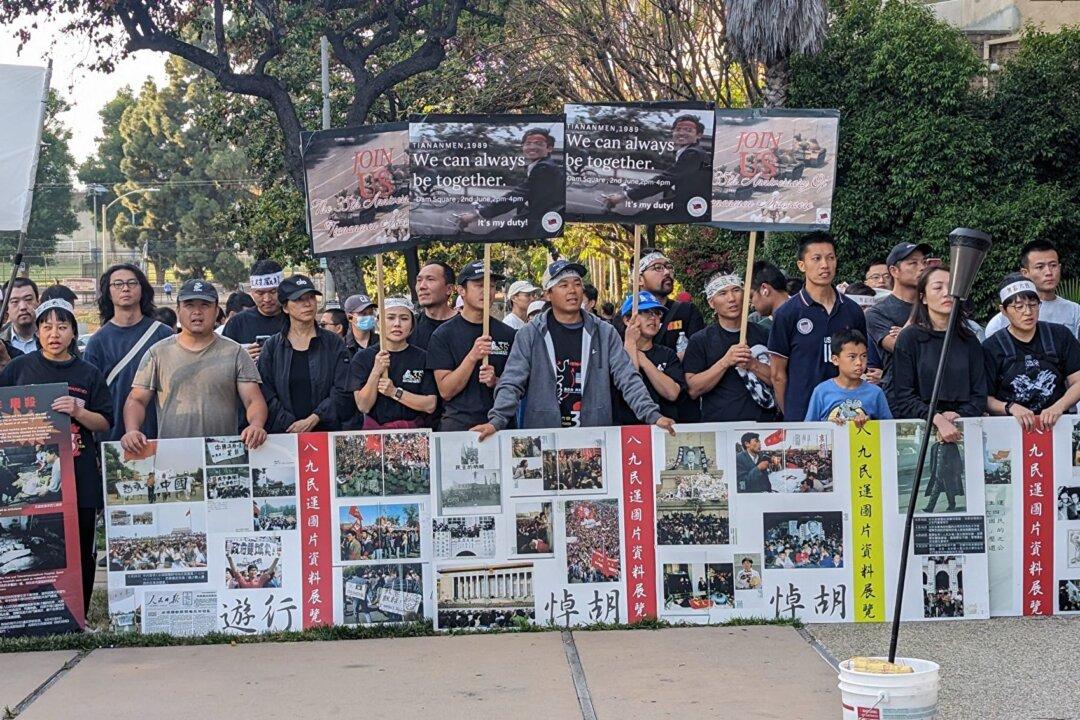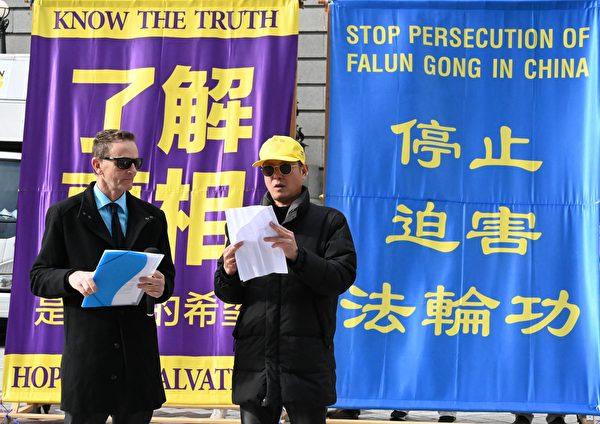Chinese doctors in post-medical school training (interns) have staged a wave of protests after the white paper movement.
Interns in various provinces in China protested over the inhuman treatment they receive because of the pandemic containment measures in place. According to the protesters, they have been the front line medical workers during the strict zero-COVID measures but received insufficient personal protective equipment and scant compensation.
Protests Over Poor Subsidy
Wang Jian (pseudonym) is a graduate student of Kunming Medical University, currently training in the First Affiliated Hospital of Kunming Medical University.He told The Epoch Times on Dec. 13 that he cannot talk about the specific situation of the protest, “You should have seen the video online [about the protest], I am a Party member, and have received notice from the authorities. I can’t tell you anything specific. But, we are students doing our rotation in the hospital. There’s no benefit. What we receive is an annual state subsidy of 6,000 yuan (about $862). That is 500 yuan (about $71.88) a month.”
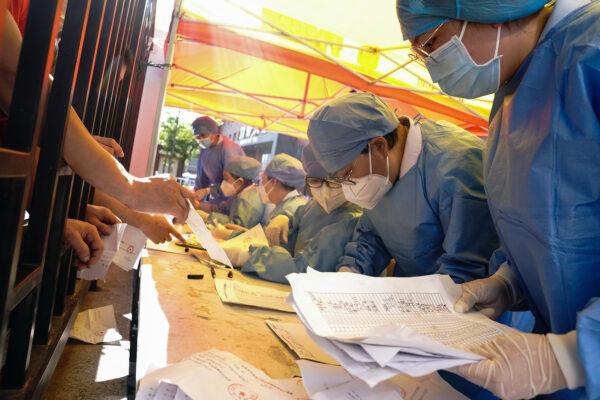
Multiple online posts identified the protester as a graduate student, but the school Party Secretary claimed the removed person was a “passerby,” and the students’ claim was “not true.”
There was a general complaint about lack of protective equipment and little pay while working on the front line at the hospital.
For instance, a netizen called The hardworking and enthusiastic Ms. Yang, said: “We are in the hospital frontline, there are COVID positive patients everywhere, but there’s not even a protective face mask for us.”
A netizen named Painless sleep-aids said: “It is not just Kunming Medical University, almost all medical schools oppress and extract labor like crazy. There’s no cheaper labor than medical students.”
The Exploitation of Interns
Students of a number of medical universities in Yunnan, Sichuan, Jiangxi, and Jiangsu provinces staged protests on the 12th; as online videos showed, students demanded regular trainee payment.Since 2013, the Chinese health care reform has stipulated standardized training for medical interns, a system as part of medical education and qualification assessment that follows the Western standards for medical internship and residency.
According to the reform, a satisfactory 3-year clinical training is a prerequisite before a physician can be granted resident status. Interns, and residents and clinicians without prior hospital training, are subject to the regulation.
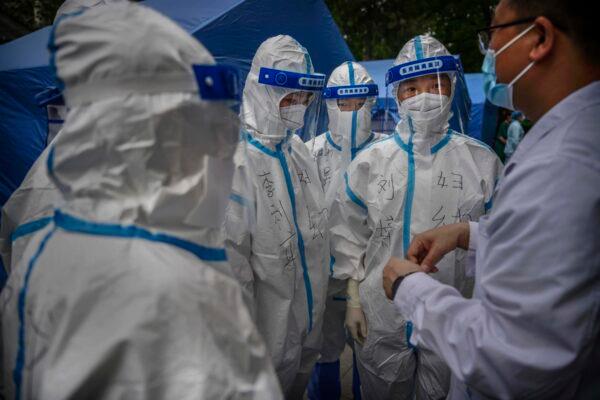
However, a medical student criticized the Chinese system for failing to follow the compensation and training requirements that meet the standards of the West.
Ma Qiang (pseudonym) is a medical student in Bengbu Medical College. He suspects that the system was created to “provide cheap labor for hospitals,” he said on Dec. 12.
According to a 2020 survey of medical doctors in Gansu Province, northwest China, more than half of residents’ monthly income during the training was between 2,000 and 3,000 yuan (about $288 to $432). As for the quality of the training, only 38.4 percent of trainees said the standardized training improved their comprehensive ability, while 29.8 percent thought the training was “useless.”
Ma Qiang said that he’s lucky because he works at a general hospital where he is paid 2,000 yuan a month. But his classmate who is training at another hospital, is paid only 300 yuan (about $43.2) a month.
“It is a national problem that student trainees are poorly treated in hospital training programs,” he said, when compared with those who are residents or clinicians.
Trainees Are Looked Down On
Ma Qiang said in the general hospital, there are more departments and specialties, relatively fewer patients. However, his classmates placed at the tier one cities would work until past 10 p.m. and receive low pay.Ma Qiang blamed the government for not following the true spirit of the medical training program used in the West.
He said, “Why couldn’t you follow the true compensation from the West? The Western trainees are the upper-middle income group and fully respected. In China, people look down on medical trainees.”
He complained that in the training program the interns only get to do chores. “What is this system for? Is it to train doctors to meet standards, or is it to provide cheap labor for hospitals?” Ma asked.
Besides being meaningless, the three-year training he experienced was a painful process, “What I have experienced is the dark and dirty side of the hospital. How can I learn to be kind to the patients?” he said.
